Why Regular Calibration of Your Breathalyser Is Critical
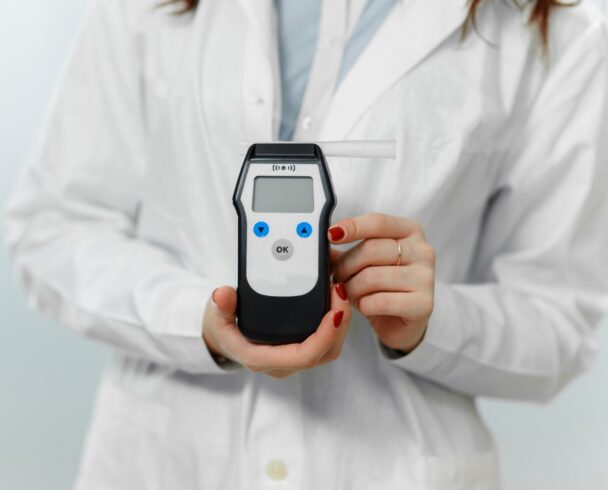
Breathalysers are a great tool to monitor blood alcohol levels. Most commonly known for testing drivers, breathalysers can also be used in the workplace, or in public spaces to help people monitor their alcohol levels and ensure they are making smart decisions. In order to maintain a reliable reading, breathalyser calibration is crucial.
In this article, Breathalyser Sales & Service discuss the importance of breathalyser calibration, as well as exploring how the calibration process works as well as the dangers of using an uncalibrated breathalyser.
Why Calibration Matters
Breathalyser accuracy can decline over time due to factors such as temperature, usage frequency and the device wear. Calibrating your breathalyser is vital in order to get accurate readings. If you want your breath testing equipment to last, be sure to use it correctly and store it in the right manner. This will go a long way in giving you more accurate readings for extended periods.
Consequences of Using an Uncalibrated Breathalyser
The consequences of using an uncalibrated breathalyser can be catastrophic. Take driving for example. If you are testing your workers that drive vehicles, or are pulled over by the police and breath tested, you would expect to get an accurate reading. If the device has not been calibrated, it may show that you are under the legal limit, when you are actually over, and then allowed to continue driving. This puts you at risk of crashing, as well as putting everyone else on the road at risk too.
The Calibration Process
In order to effectively calibrate your breathalyser, you will need calibration equipment. This is generally a gas that is used as a standard in the calibration process. The process then involves simulating a breath test, using the gas (which has a known alcohol level). If the reading is different to the gas alcohol percentage, you can adjust your device appropriately.
Recommended Calibration Frequency
This depends mostly on the frequency of use, however, it is recommended to calibrate your device every 6–12 months. If, for example, it has been used significantly more regularly, then you should calibrate it after this extensive usage. Also, if you have repaired or fixed your device for any reason recently, you should be sure to calibrate it after this. Lastly, we would recommend calibrating the device before any major events. For example, if you are planning on doing a major random breath test at your worksite, be sure to calibrate it before this to ensure accurate readings.
To find out more about breathalyser reliability and how to calibrate your device, contact us online today.

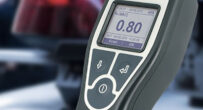 Breathalysers
Breathalysers
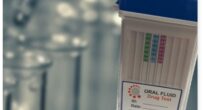 Drug Testing
Drug Testing
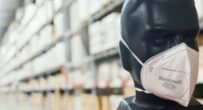 Combo Kits & Safety Products
Combo Kits & Safety Products
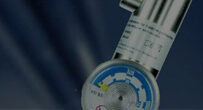 Calibration & Services
Calibration & Services
 Stay Current with Our Latest Training Techniques
Stay Current with Our Latest Training Techniques